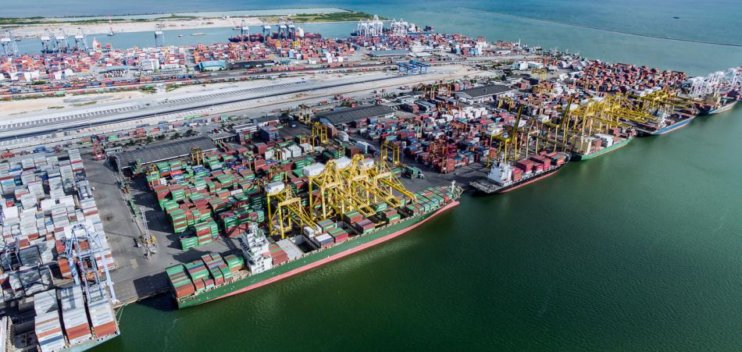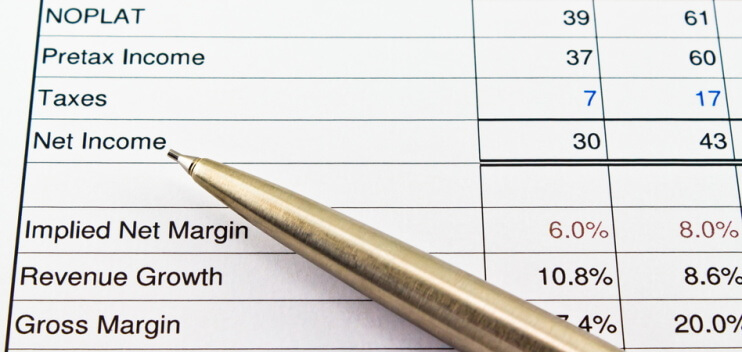Unsustainable future The world is consuming the planet’s resources 1.7 times faster than it can regenerate. In anyone’s language, this is both a continuing challenge and unsustainable. Change is therefore required to economies, businesses and the lifestyle of people in developed countries. But how difficult will this be? Between 1970 and 2020, the population of the USA increased by about … Read More
Value Added reflects the success of your Supply Chains
Value Added does not receive attention In a recent blogpost, the term Value Added (VA) was used. It defines the difference between the net income from the sale of products and services and the total purchase cost to the seller of materials and service inputs used to make the item. It is a measure for your organisation’s supply chains. Unfortunately, … Read More
Supply Chains cannot be ‘managed’ but better understood
Supply Chains in your business Supply Chains are not new; they have existed since people commenced trading items for barter or money; but Supply Chains cannot be managed. Instead, consider them as a description of the environment in which the activities of Procurement, Operations Planning and Logistics (your Supply Chain group) are required to operate. A supply chain is identified … Read More
Value Chain has an increased focus in Supply Chains
Future viability for a business Value is the price that a buyer is willing to pay for an item. Added Value (AV) or Value Added (VA) is the difference between the price obtained by a business for a finished product made from purchased items and the price that the business has paid for the purchased items. VA is used to … Read More
A model for Supply Chains in the climate change future
Measuring non-financial improvements The disruptions through your supply chains since early 2020 have been a learning experience for what is due to occur by 2030 and beyond. In 2018, the ‘Intergovernmental Panel on Climate Change’ (IPCC) published its report on the impacts of climate change. It stated that to limit average temperature rises to 1.5C above preindustrial times, by 2030, … Read More





